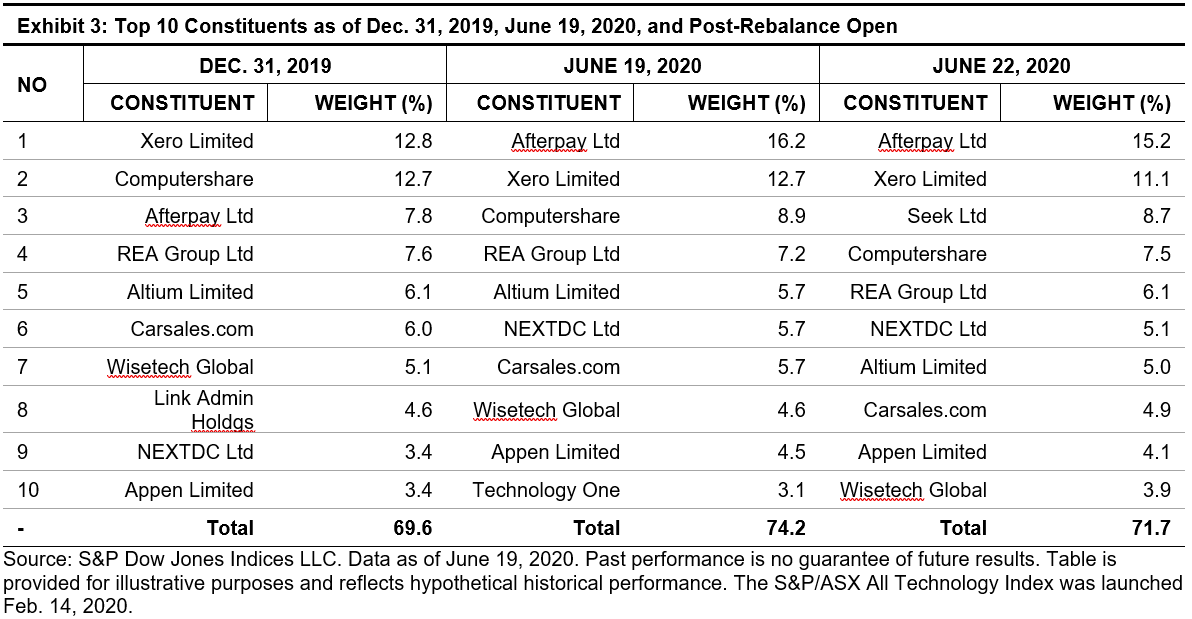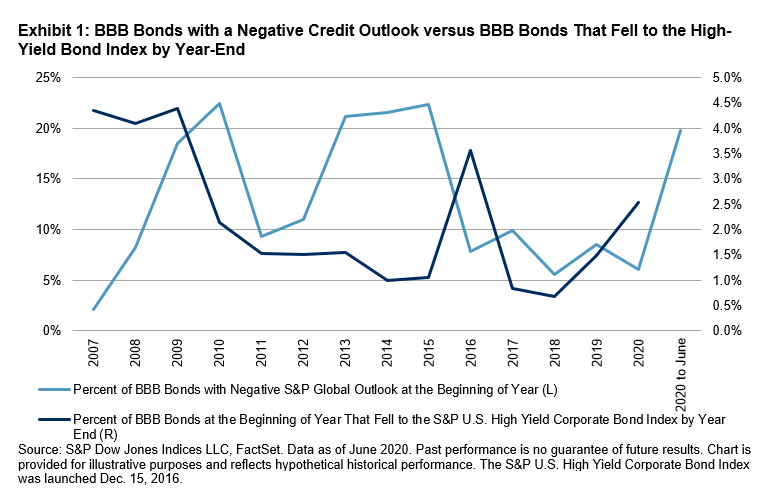The S&P GSCI rose 5.09% in June and 10.47% for the second quarter of 2020. The recovery in the second quarter did not fully retrace the dramatic downside from the first quarter, as can be seen in the index’s -36.50% YTD return. Continued recovery in petroleum commodities contributed, but bullish sentiment in industrial metals such as copper helped keep the S&P GSCI in positive territory.
V-shaped moves off 2020 lows were not distinctive to just the S&P 500®. The S&P GSCI Brent Crude Oil rose 8.44% in June and 38.18% for Q2 2020. Reopening of economies across the world supported an increase of crude oil demand, as countries in lockdown slowly started to get back to pre-pandemic levels of activity. From a supply perspective, market participants will be closely monitoring the already shaky OPEC+ agreement to cut production with concerns that if it fell apart, there could be a repeat of the Saudi-Russia market share battle witnessed in Q1 2020.
The S&P GSCI Natural Gas tanked 10.13% after a similar severe drop in May, making it the lone energy-related commodity among the S&P GSCI’s 24 constituents with a double-digit percentage loss in June.
The S&P GSCI Industrial Metals rose 7.25% last month and 11.46% for the quarter. The S&P GSCI Copper was the biggest outperformer by far, up 11.91% in June and 21.07% for the second quarter. Higher PMI readings across the world and generally better economic data than the record weakness seen two months ago contributed to the positive sentiment for the building blocks of global industry.
The S&P GSCI Gold made a new high in June and is in striking distance of a new all-time high set back in August 2011. The S&P GSCI Silver experienced some profit taking but was up 29.17% for the second quarter and flat YTD. The gold-to-silver ratio remained above the 20-year average.
With abundant supply, the S&P GSCI Grains fell 0.56% in June. The S&P GSCI Wheat took the biggest hit for the month, down 6.61%. The S&P GSCI Sugar was the lone bright spot among the softs commodities, gaining 8.51% in June. Despite a recovery in prices since the beginning of the pandemic, higher sugar production is expected to weigh heavily on the market over the coming months. The two main products derived from sugarcane in Brazil, the world’s largest producer, are sugar and ethanol. Despite a recovery in oil prices, Brazilian mills continue to produce more sugar because the price of ethanol is low.
The S&P GSCI Livestock fell 7.43% in June. The S&P GSCI Lean Hogs fell 19.15% following ongoing cuts to U.S. slaughter capacity due to COVID-19 outbreaks at numerous plants and news that China would require all exporting countries to certify product free of COVID-19. China is a major export destination for U.S. pork, and in April the country accounted for approximately one-third of all U.S. pork exports.
The posts on this blog are opinions, not advice. Please read our Disclaimers.




















































